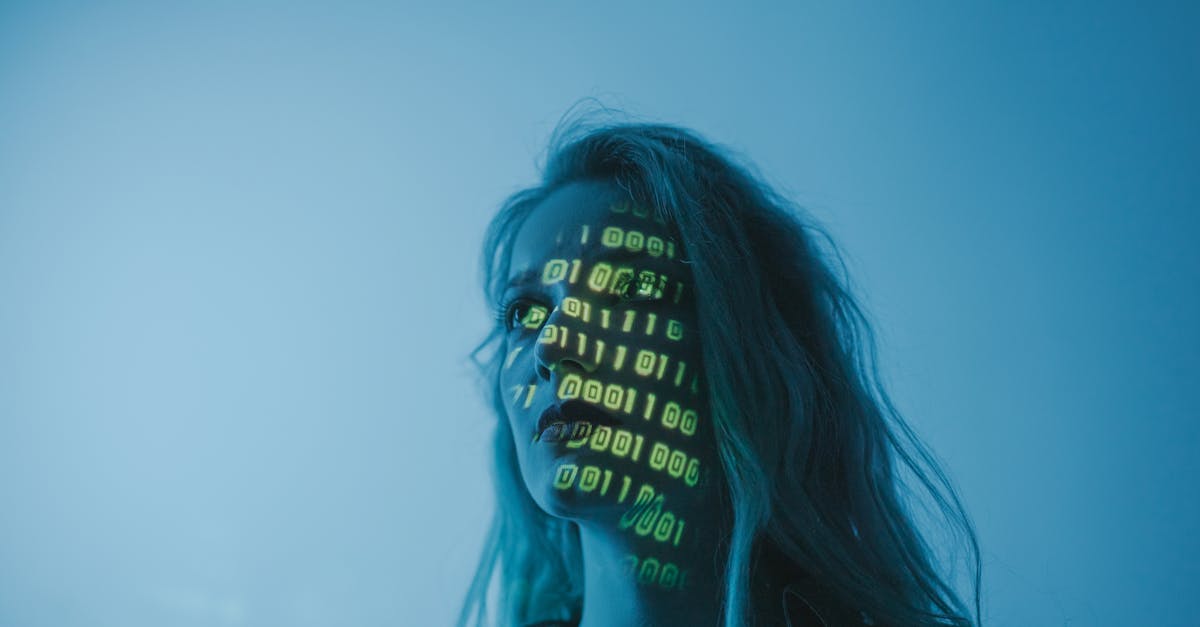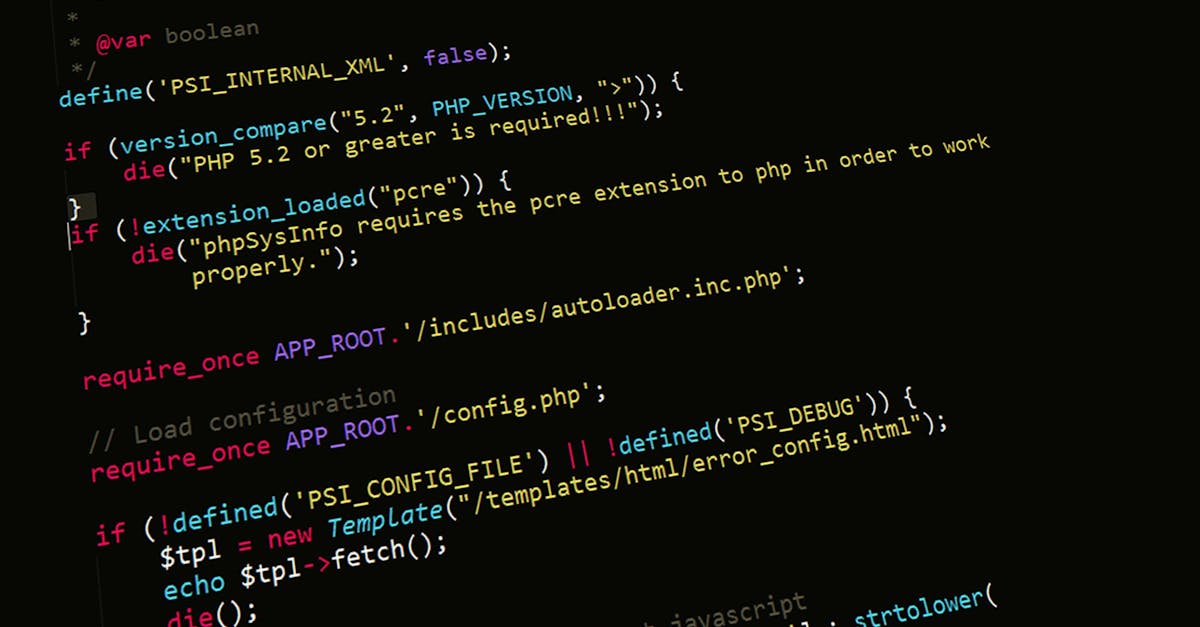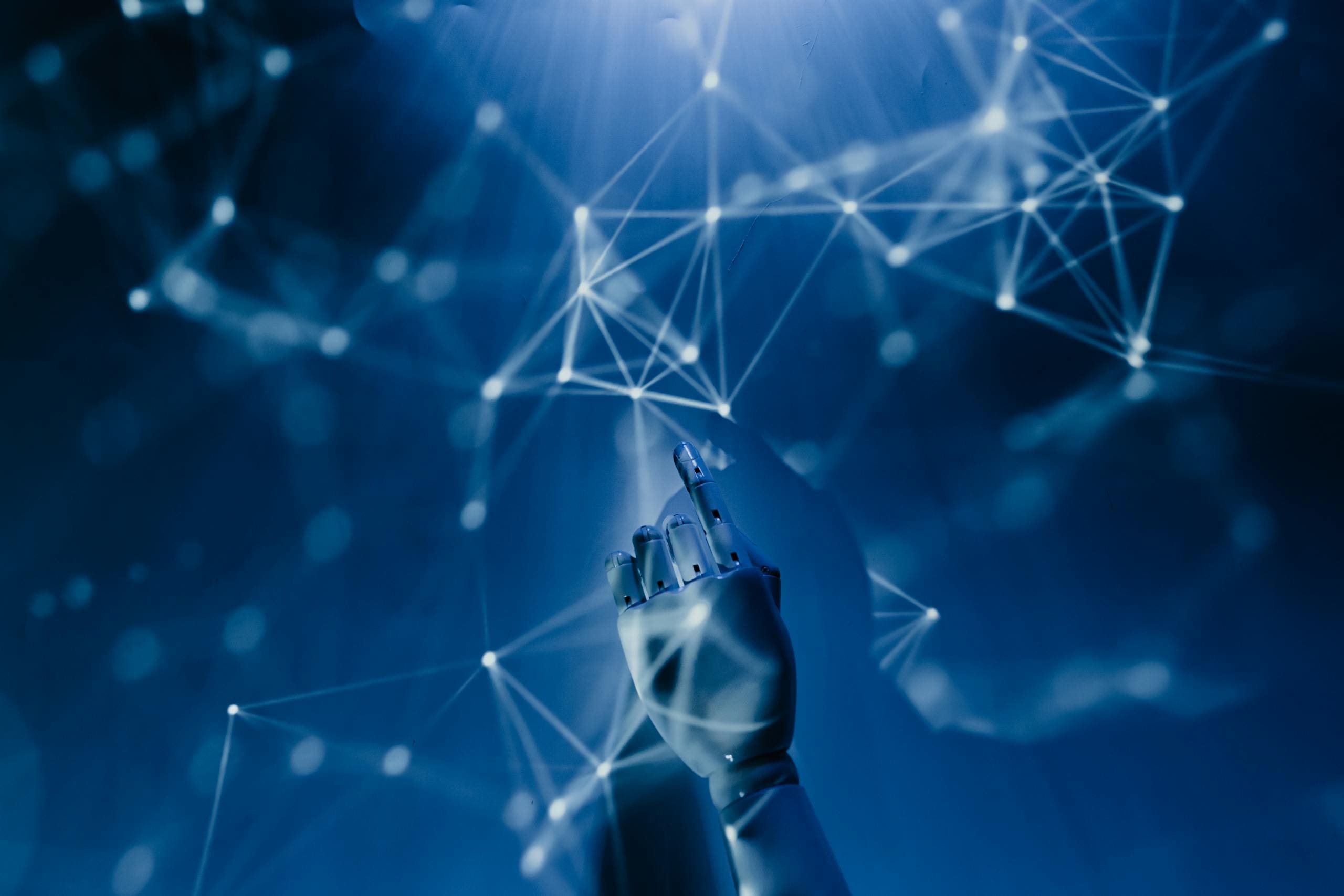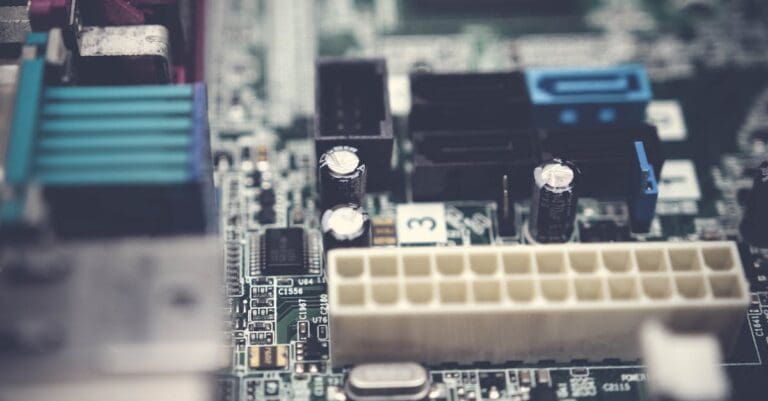Warning: Are You Missing Out on AI Exoskeletons?
Have you ever imagined a future where technology could change lives in ways we never thought possible? With AI exoskeletons, that’s not just a dream but a reality for many. These innovative devices combine artificial intelligence with wearable technology to offer life-changing support for those in need. Nicolas Simon, the founder of Wandercraft, showcased a groundbreaking exoskeleton called Atalante, which has already helped 2,000 patients regain mobility. Capturing the essence of human movement, it empowers individuals to walk again, truly redefining independence.
As I learn about these advancements, I can’t help but wonder about the broader impact of robotic exoskeletons on our daily lives. AI mobility solutions provide ergonomic support, enhancing rehabilitation efforts and helping people with musculoskeletal disorders. Moreover, by integrating methodologies like reinforcement learning and neural networks, these devices offer extra power and stability to those with mobility impairments. The combination of machine learning and lightweight carbon fiber design makes these exoskeletons both effective and user-friendly, opening doors to new possibilities and improving the quality of life for many.
Are you curious about how these AI wearables could enhance your life or the life of someone you know? Read on to uncover how this exciting technology might just be the key to unlocking a more mobile and empowered future.

Photo provided by cottonbro studio on Pexels
In the article
- Understanding AI Exoskeletons
- Benefits of AI mobility solutions
- Challenges and Ethical Considerations
- Future of AI Exoskeletons
Understanding AI Exoskeletons
AI exoskeletons are transforming mobility solutions by offering an advanced blend of technology and human interaction to enhance movement and independence for various users. These innovative devices are becoming more prevalent, especially given their potential to provide great benefits in healthcare and other sectors. But how exactly do these exoskeletons work? Let’s take a closer look beneath the surface to understand their mechanics and applications.
How AI Exoskeletons Work
AI exoskeletons work with a combination of sensors, motors, and complex algorithms to assist or enhance human movement. Sensors play a critical role by gathering data related to body movements and environmental factors, allowing the exoskeleton to respond in real-time. Motors then act on these signals to provide the necessary force and support. This integration of technology, much like that demonstrated in the AI-powered exoskeleton Atalante, creates a system that moves closely in sync with the user’s natural movements, providing both support and additional power when needed.
AI wearable technology enhances human abilities significantly. By using AI mobility solutions, these exoskeletons can efficiently cater to individual needs, whether it be assisting with routine tasks or aiding someone to stand. The intelligent design of these devices ensures that users receive just the right amount of help without hindering their own capabilities and freedom of movement. Moreover, through constant feedback from sensors, the system can continually adapt, making it one of the most dynamic and effective solutions in AI wearable technology today.
Applications in Healthcare
The healthcare sector is one of the primary beneficiaries of AI exoskeleton technology. These devices play a significant role in rehabilitation, helping individuals regain functionality and independence after injuries or surgeries. One notable application is in AI rehabilitation technology, where exoskeletons aid in lower-limb rehabilitation by supporting patients as they relearn how to walk. The technology’s ability to replicate natural human gait patterns allows for effective and personalized therapy approaches.
AI exoskeletons are also proving invaluable for users with mobility impairments, offering a level of support that was previously unattainable. They not only assist in rehabilitation but also help in daily activities, enabling users to participate more fully in life. For example, these AI-enhanced mobility devices can allow users to navigate through environments with fewer barriers, contributing significantly to improving their quality of life.

Benefits of AI Mobility Solutions
The benefits of AI mobility solutions extend far beyond enhanced movement. One significant advantage is the improvement in user independence and functionality, allowing individuals to achieve tasks that might have been impossible otherwise. By reducing physical strain and injury risk, these solutions provide a safer way for individuals to engage in activities both at home and in workplaces.
- Enhanced mobility with robotic exoskeletons provides superior support and flexibility.
- Reduces physical strain and injury risk significantly, making manual labor safer.
Moreover, AI human augmentation improves the overall quality of life by empowering users to perform tasks they would otherwise have needed assistance with. This sense of independence and capability positively affects mental health and wellbeing, offering users a more fulfilling life experience.
Impact on Workplaces
The impact of AI exoskeletons is also becoming increasingly apparent in workplaces, particularly in sectors that require heavy lifting or repetitive tasks. These devices provide weight compensation, minimizing the physical toll on workers and thereby reducing the risk of musculoskeletal disorders. For instance, AI-integrated exoskeletons like the ones presented at LogiMAT 2024 offer up to 66 lbs of relief per lift, highlighting their potential in reducing physical strain.
In addition to easing physical demands, the integration of AI in these exoskeletons enhances safety and efficiency. With real-time data and digital processes, workplaces can achieve better monitoring and automation to ensure optimal performance and safety standards. The move towards a better ergonomic support system is evident, underscoring the need for continued innovation.
Advancements in AI Rehabilitation Technology
AI rehabilitation technology continues to advance with developments focusing on personalized therapy approaches. By using methodologies like reinforcement learning and neural networks, exoskeletons can adapt to the specific needs of each user, ensuring the best therapeutic outcomes. A review of 37 studies has emphasized the importance of these personalized approaches in aiding conditions such as stroke or spinal injuries.
This focus on customization and adaptability allows for more effective rehabilitation processes, where users receive continuous feedback tailored to their progress. The ongoing research and innovation efforts aim to enhance these technologies further, making them accessible to more people worldwide while maintaining the highest safety and ethical standards.

Photo provided by cottonbro studio on Pexels
Challenges and Ethical Considerations
Despite their many benefits, AI exoskeletons pose several challenges and ethical considerations that need addressing. How can we ensure these technologies are used ethically and safely? It’s essential to consider public perception and acceptance, as well as the various safety standards that must be met.
Public Perception and Acceptance
Public perception of AI exoskeletons is mixed, with some embracing the technology while others express concerns. The view on AI wearable devices in labor is varied, with some people seeing the advantages in reducing injuries and improving job inclusivity. However, skepticism still exists about the long-term impacts of integrating such technology into daily life.
To improve public acceptance, it’s crucial to focus on safety and ethical standards, as these are central to the widespread adoption of AI exoskeletons. People need reassurance that these devices align with human self-improvement efforts and don’t pose a threat to their way of life. The success of AI exoskeletons in the public sphere depends largely on education and awareness about their benefits and limitations.
Ensuring User Safety and Reliability
Ensuring user safety and reliability is paramount in the development of AI exoskeletons. Rigorous testing and validation processes are necessary to confirm the devices perform as expected under all conditions. The focus should be on user-centered design principles that prioritize the needs and safety of the user above all else.
Incorporating machine learning techniques and leveraging advanced technologies are part of this rigorous process, ensuring that these devices are both reliable and effective. By constantly updating and refining their methodologies, developers can mitigate risks and enhance the user experience, paving the way for broader acceptance and usage.
Addressing Development Barriers
One of the main barriers in the development of AI exoskeletons is the need for collaboration among experts from various fields. Overcoming the technical and ethical challenges associated with these devices requires input from AI specialists, engineers, healthcare providers, and ethicists. Without such collaboration, progress will be slow, and innovations may fall short of their full potential.
Furthermore, addressing these barriers involves overcoming technical challenges such as the integration of complex sensor systems and ensuring that ergonomic support is optimized for diverse user needs. Only through joint efforts and shared expertise can we hope to push the boundaries of what AI exoskeletons can achieve.

Photo provided by cottonbro studio on Pexels
Future of AI Exoskeletons
Continued Innovation and Research
The future of AI exoskeletons looks bright, with continued innovation and research driving the field forward. As AI methodologies advance, there is a strong focus on improving accessibility and functionality worldwide. These advancements hold the promise of making AI exoskeletons more affordable and available to a broader audience, ensuring that more individuals can benefit from their use.
By investing in research and embracing new technologies, we can further enhance the capabilities of AI exoskeletons, addressing existing limitations and expanding their applications. These ongoing efforts showcase the potential for AI exoskeletons to revolutionize how we approach mobility and rehabilitation in the coming years.
Potential for Global Impact
AI exoskeletons have the potential to change lives on a global scale, offering solutions that enhance mobility and independence for countless individuals. The advancements in this field offer hope for wider applications, not only in healthcare but also in various industries where such technology can make a significant difference. From improving workplace safety to aiding personal mobility, the impact of AI exoskeletons can be profound.
Technology such as this paves the way for a future where mobility challenges are lessened significantly, providing users with opportunities previously unimagined. The potential for these AI exoskeletons to support large populations and offer solutions to mobility impairments worldwide is a driving force behind ongoing development.
Improving Quality of Life
The ultimate goal of AI exoskeletons is to improve the quality of life for users by enhancing daily living and offering newfound freedom and independence. By supporting users in achieving their goals, these systems provide more than just physical assistance; they contribute to overall well-being. As AI human augmentation progresses, we will see these technologies integrated more seamlessly into everyday life, opening up new possibilities for those in need.
Through continued advancements and increased accessibility, we can look forward to a future where AI rehabilitation technology and mobility solutions play a pivotal role in empowering individuals. Supporting users in their journey towards independence underscores the transformative power of this technology, creating a ripple effect of positive change across communities and industries.
Embracing the Future of Human Augmentation
I truly believe that the advancements in exoskeleton technology have paved a remarkable path for enhancing mobility and rehabilitation. With the development of devices like Wandercraft’s Atalante and others, we have witnessed significant improvements in aiding people with mobility impairments. These technologies are not just concepts; they have already helped thousands of individuals lead more independent lives, providing ergonomic support and stability. Therefore, it’s time for us to acknowledge the potential of such innovations in improving life quality.
Taking the next step is essential, and I recommend considering these powerful tools if anyone faces mobility challenges. With Medicare expanding coverage, accessibility to these exoskeletons has never been more promising. Whether it’s for rehabilitation, weight compensation, or enhancing performance, I encourage you to explore the available solutions and consult with professionals to understand how they can benefit you or your loved ones. These technologies are tailored with the help of sensors and sophisticated methodologies, ensuring they align with personal needs.
Sharing this information can help raise awareness about the benefits of exoskeleton technology. I invite you to discuss these advancements with others, follow updates in this field, or even reach out to organizations working on these innovations. By engaging with this community, you can be part of a movement that not only supports technological growth but also significantly improves the lives of those with mobility impairments. Let’s take action and embrace the opportunities these advancements bring for a more inclusive and supportive future.







